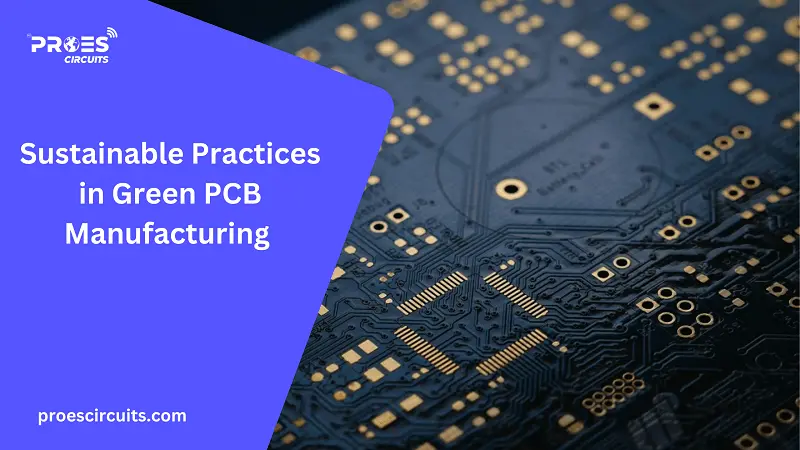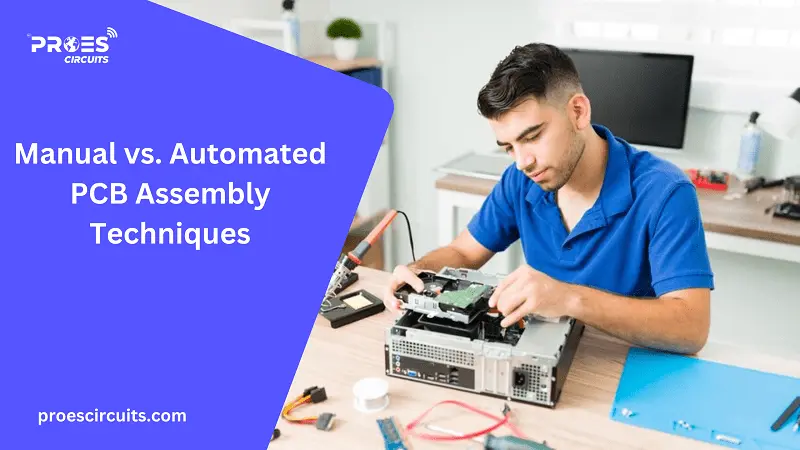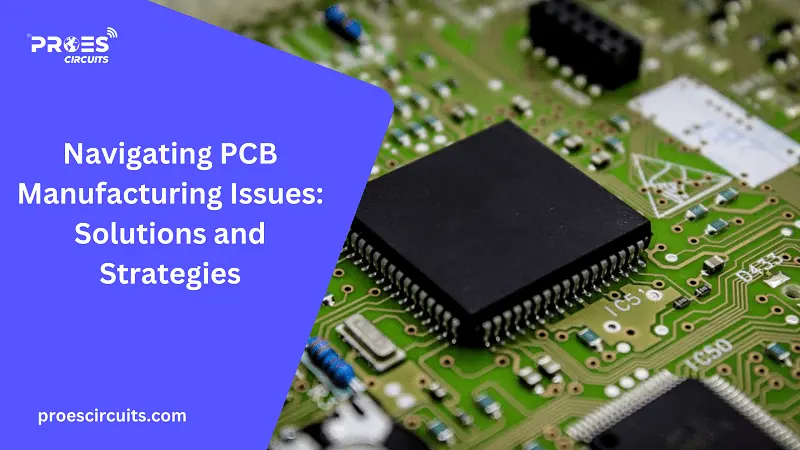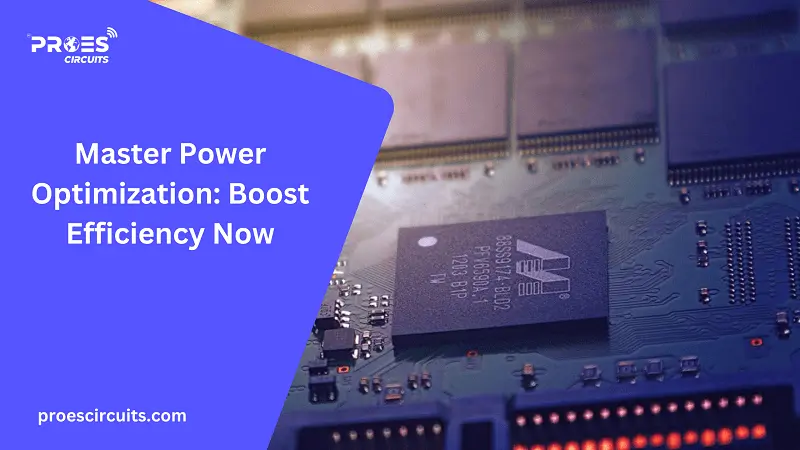Introduction
In the rapidly evolving landscape of electronics, Printed Circuit Boards (PCBs) stand as the cornerstone of electronic devices, facilitating the connection and communication between various components. As the demand for electronic devices surges, so does the production of PCBs, raising significant environmental concerns. The traditional manufacturing processes of PCBs involve the use of hazardous materials and generate waste that poses a threat to our environment. This reality brings to light the urgent need for green PCB manufacturing practices that prioritize sustainability.
Green PCB manufacturing refers to the adoption of eco-friendly materials and processes throughout the production cycle of PCBs. This approach aims not only to minimize the environmental footprint of PCB production, but also to align with the global shift towards sustainability. By integrating sustainable practices and materials, manufacturers can significantly reduce the use of toxic chemicals, decrease waste, and lower energy consumption. Furthermore, green PCB manufacturing embodies the principles of the circular economy, where resources are reused and recycled, thereby extending the lifecycle of materials and reducing the demand for virgin resources.
The importance of sustainable practices in PCB manufacturing cannot be overstated. It transcends environmental benefits, impacting social responsibility, and economic viability. Companies adopting green practices are not only contributing to the preservation of the planet but are also positioning themselves as leaders in a market that increasingly values sustainability. This transition to green PCB manufacturing is not just a trend; it is a necessary evolution of the industry, ensuring its longevity and relevance in a world that is becoming increasingly aware of the impact of human activities on the environment.
Challenges in Traditional PCB Manufacturing
Traditional PCB manufacturing processes pose significant environmental challenges, primarily due to the extensive use of hazardous chemicals, high energy consumption, and generation of substantial waste. The production of PCBs involves various chemical-intensive stages, including etching, plating, and cleaning, which utilize solvents, acids, and other toxic substances. These chemicals, if not handled and disposed of properly, can lead to soil contamination, water pollution, and air quality degradation, posing risks to both the environment and human health.
Energy consumption in conventional PCB manufacturing is another concern, with the extensive use of electricity for machinery, lighting, and temperature control. This high energy demand contributes to the carbon footprint of PCB production, exacerbating global warming and climate change. Furthermore, the manufacturing process generates a considerable amount of solid and hazardous waste, including metal scraps, used chemicals, and non-recyclable materials. The disposal of this waste poses challenges in waste management and can lead to further environmental degradation if not addressed responsibly.
These environmental impacts underscore the urgent need for a shift towards more sustainable PCB manufacturing practices. By addressing these challenges, the industry can significantly reduce its environmental footprint, contributing to a healthier planet for future generations.
Sustainable Practices in PCB Manufacturing
Adopting sustainable practices in PCB manufacturing is pivotal in mitigating the environmental challenges associated with traditional methods. Among the various strategies, recycling and reuse of materials, along with the utilization of renewable energy sources, stand out as effective approaches to promote sustainability within the industry.
Recycling and Reuse of Materials
The recycling and reuse of materials in PCB manufacturing represent a significant step towards reducing waste and conserving resources. This practice involves the recovery of valuable metals such as copper, gold, and silver from used PCBs and reintroducing them into the production cycle. By doing so, the demand for virgin materials is decreased, leading to a reduction in the environmental impact associated with mining and processing these metals. Additionally, recycling helps in diverting electronic waste from landfills, where PCBs can release toxic substances, contributing to soil and water pollution.
Innovative technologies have been developed to enhance the efficiency of recycling processes, enabling the extraction of metals with minimal environmental footprint. Furthermore, the use of biodegradable or recyclable substrates for PCBs is gaining traction. These materials, unlike traditional fiberglass composites, can be decomposed or easily recycled at the end of their lifecycle, significantly reducing waste.
Use of Renewable Energy Sources
Transitioning to renewable energy sources is another crucial aspect of sustainable PCB manufacturing. Facilities powered by renewable sources such as solar, wind, or hydroelectric energy can drastically reduce greenhouse gas emissions associated with electricity consumption. The adoption of renewable energy not only aligns with global sustainability goals but also offers economic benefits in the long run due to lower operational costs and potential government incentives.
Manufacturers can also implement energy-efficient practices within their operations to further reduce their carbon footprint. This includes optimizing manufacturing processes for energy conservation, using energy-efficient equipment, and incorporating smart systems for lighting and temperature control.
These sustainable practices in PCB manufacturing represent a holistic approach to addressing the environmental impacts of the industry. By focusing on the recycling and reuse of materials and harnessing renewable energy sources, manufacturers can significantly contribute to the preservation of the environment. Moreover, these practices enhance the industry’s sustainability profile, making it more attractive to consumers and investors increasingly concerned about environmental issues.
Green Materials for PCB Production
The shift towards green PCB manufacturing is further accentuated by the incorporation of eco-friendly materials into production processes. Key among these are biodegradable substrates, lead-free solders, and the use of advanced, less toxic materials for PCB fabrication. Each of these materials plays a crucial role in reducing the environmental impact of PCB production, making the industry more sustainable.
Biodegradable Substrates
Biodegradable substrates represent a significant advancement in PCB production. Traditionally, PCBs are made using materials like fiberglass or epoxy composites that are not biodegradable, posing disposal and recycling challenges. Biodegradable substrates, on the other hand, are designed to decompose naturally, reducing landfill waste. These substrates are typically made from natural or renewable materials, such as paper, wood, or biodegradable plastics, which can break down into non-toxic components under proper conditions. The adoption of biodegradable substrates significantly lowers the environmental footprint of PCBs by offering a sustainable alternative to traditional, non-recyclable materials.
Lead-free Solders
Lead has been a common component in soldering materials for PCBs due to its low melting point and good conductivity. However, lead is toxic, and its use poses health risks to workers and environmental hazards when disposed of improperly. Lead-free solders, made from a mixture of tin with other metals like copper, silver, or bismuth, provide a safer alternative. The transition to lead-free solders aligns with global regulations aimed at reducing hazardous substances in electronic products, minimizing the toxic impact of PCBs on the environment and human health.
Advanced, Less Toxic Materials for PCB Fabrication
Innovation in materials science has led to the development of advanced, less toxic materials for PCB fabrication. These materials include water-soluble fluxes, non-toxic etching solutions, and environmentally friendly coatings that provide the necessary functionality without the environmental cost. For example, replacing traditional ferric chloride etching solutions with less harmful alternatives reduces the release of toxic substances into the environment. Similarly, advances in material technology have enabled the creation of high-performance PCBs that require fewer toxic chemicals during production, further enhancing the sustainability of the manufacturing process.
By prioritizing the use of biodegradable substrates, lead-free solders, and advanced, less toxic materials, the PCB industry can significantly reduce its environmental impact. These green materials not only foster sustainability but also pave the way for a new era of eco-conscious electronics manufacturing, reflecting a commitment to environmental stewardship and innovation.
Benefits of Green PCB Manufacturing
Green PCB manufacturing offers a multitude of benefits that extend beyond environmental preservation to encompass economic gains and social advantages. Environmentally, it significantly reduces the industry’s carbon footprint, minimizes waste production, and lessens the use of toxic materials, contributing to cleaner air, water, and soil. The adoption of renewable energy sources and eco-friendly materials in the production process underscores a commitment to sustainability, directly addressing global environmental challenges such as climate change and resource depletion.
Economically, green manufacturing practices can lead to cost savings in the long run through the efficient use of resources, reduced waste management expenses, and eligibility for government incentives aimed at promoting sustainable practices. Moreover, companies engaging in green PCB manufacturing often experience enhanced brand reputation and competitiveness, as consumers increasingly prefer products made with sustainable methods.
Socially, adopting green practices demonstrates corporate responsibility, contributing to a healthier environment that benefits communities by reducing exposure to hazardous substances and promoting public health. Additionally, it aligns companies with global sustainability goals, fostering a positive corporate image and building trust among consumers and stakeholders. Thus, green PCB manufacturing represents a holistic approach to business that balances economic success with environmental stewardship and social responsibility.
Future Trends and Innovations
The future of sustainable PCB manufacturing is poised for innovation, with trends focusing on the development of fully recyclable PCBs, further advancements in biodegradable materials, and the integration of AI and IoT for optimizing resource efficiency. The industry is also expected to see an increase in the adoption of closed-loop recycling systems and carbon-neutral manufacturing practices, ensuring a greener, more sustainable pathway for electronics production.






